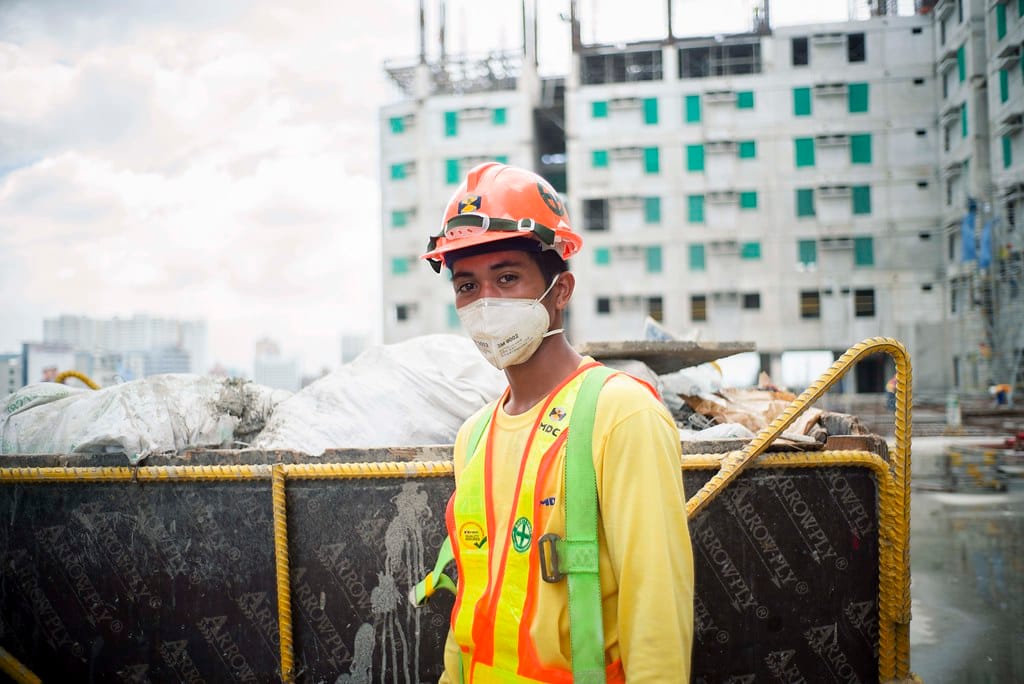
High-visibility workwear isn’t one-size-fits-all.
The right gear for a highway worker won’t fit a warehouse picker.
And what keeps a rail inspector visible might make a firefighter harder to see.
That’s why choosing hi-vis clothing by industry is essential—not just for safety compliance, but for daily performance and comfort.
Let’s explore how different industries use high-visibility PPE—and how to tailor your gear accordingly.
Why Industry-Specific Hi-Vis Matters
Each job environment has its own mix of:
- Lighting conditions (indoor, outdoor, night shift)
- Movement patterns (on foot, driving, machine zones)
- Weather factors (rain, fog, snow, sun glare)
- Color background (urban gray vs forest green vs sand)
- Safety hazards (traffic, machinery, flames, chemicals)
⚠️ Choose the wrong hi-vis setup, and you reduce visibility, lower compliance, or increase discomfort.
✅ The right choice balances visibility, durability, mobility, and protection.
Construction and Roadwork
Environment: Outdoor, dynamic, high-risk zones with traffic and heavy equipment
Key Risks:
- Low visibility during dusk/dawn
- High-speed vehicles nearby
- Varying weather (rain, sun, dust)
Recommended Gear:
- Class 2 or 3 ANSI / EN ISO 20471-certified garments
- Orange or yellow depending on background
- Reflective tape on arms, legs, chest
- Waterproof jackets, parkas, or coveralls for cold/wet jobs
- Summer mesh vests for heat
✅ Bonus: Choose gear with tool loops, ID badges, and reinforced elbows/knees.
Warehousing and Logistics
Environment: Indoors, climate-controlled, artificial light
Key Risks:
- Forklift traffic
- Stacked pallets blocking visibility
- Workers blending with racking or packages
Recommended Gear:
- Class 1 or 2 vests/shirts
- Yellow-green often best under warehouse lighting
- Lightweight, breathable fabrics for long shifts
- Reflective elements on torso and shoulders
✅ Choose short-sleeve hi-vis polos or zip-up vests for better mobility.
Traffic Control and Emergency Services
Environment: On or near live roads, highways, intersections
Key Risks:
- Fast-moving vehicles
- Poor visibility at night or bad weather
- Distraction of drivers
Recommended Gear:
- Class 3 full-body hi-vis with reflective pants + jacket
- ANSI Type R or EN Class 3 compliant
- Orange-red preferred for contrast against daylight + fog
- FR-rated options for fire or electrical risks
- Waterproof sets for rainy traffic duty
✅ Include breakaway vests for safety during high-incident zones.
Airport and Aviation Ground Operations
Environment: Tarmacs, hangars, cargo zones with high vehicle movement
Key Risks:
- Night shifts
- Equipment with poor turning radius
- Rain, fog, or reflected glare from surfaces
Recommended Gear:
- Class 2 or 3 garments with high retroreflectivity
- Orange or red preferred for contrast
- Jackets with radio tabs, shoulder ID zones
- FR hi-vis options for fuel zone or welding areas
- Coveralls for maintenance teams
✅ Always choose anti-static or fire-resistant fabric where required.
Rail Industry (Europe & UK)
Environment: Trackside, tunnels, underground stations, open rails
Key Risks:
- Limited light in tunnels
- Trains approaching fast with low reaction time
- Debris, electrical risk
Recommended Gear:
- EN ISO 20471 Class 3 with RIS-3279-TOM compliance (UK)
- Orange only (yellow not allowed in Network Rail)
- Full coveralls or jacket + trouser combos
- Reflective tape around arms, legs, torso, shoulders
✅ Look for RIS-certified garments with double reflective bands and water-resistant fabric.
Utilities and Maintenance
Environment: Street-side or facility work; variable light and weather
Key Risks:
- Poor visibility near buildings or vegetation
- Trip/fall hazards
- Close proximity to electricity or gas
Recommended Gear:
- Hi-vis polos or softshell jackets for mobility
- Class 2 standard
- Yellow-green or orange, depending on background
- FR or arc-rated versions for electrical zones
✅ Add FR reflective stripes and arc flash protection if needed.
Fire & Rescue Services
Environment: Fire zones, accidents, low visibility, quick-response situations
Key Risks:
- Darkness + smoke
- Fire exposure
- Flashlight reflection or bouncing light
Recommended Gear:
- Fire-resistant hi-vis jackets or coats
- Class 3 EN ISO 20471 + NFPA 2112/1977 if in US
- Red or yellow visibility panels + silver reflective tape
- Compatible with SCBA gear
✅ Choose split-back or side-opening vests for easy don/doff over equipment.
What to Ask Before Buying for Your Industry
- What certification class is required for my sector?
- What’s the primary work environment (indoor/outdoor, day/night)?
- Will the garment interact with other PPE (harness, mask, gloves)?
- Is the color and reflectivity compliant with my national or industry standard?
- Do we need FR, arc-rated, anti-static, or waterproof variants?
At workwearsolutions, we help industrial buyers tailor hi-vis programs for every industry, every shift, every hazard.
Conclusion
Not all hi-vis workwear is created equal. And not all jobs need the same kind.
To choose the right PPE:
- Match the garment to job task, environment, and legal standard
- Choose colors and configurations that match your background risks
- Don’t overbuy protection—or underprotect your team
- Ask your supplier for industry-specific recommendations
Need help choosing high-visibility PPE by industry or role? I’ll help you get it right—by task, by class, by regulation.
📩 Contact: [email protected]
🌐 Visit: www.workwearsolutions.net
Zion Zhang
Recent Posts
 PPE Distributor Success Stories: From Small Orders to Large Contracts2025年8月20日I’ll never forget the story of a small distributor in […]
PPE Distributor Success Stories: From Small Orders to Large Contracts2025年8月20日I’ll never forget the story of a small distributor in […]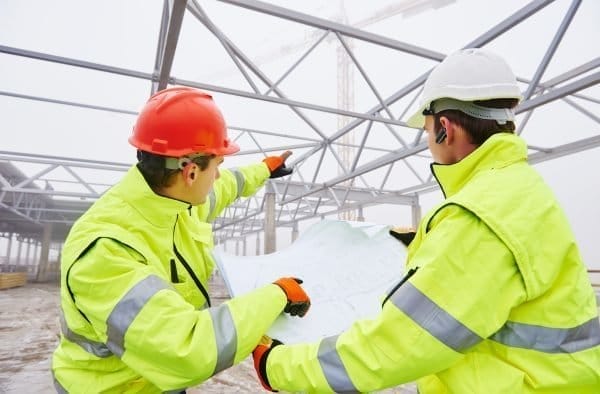 How to Build a Strong PPE Sales Channel in Emerging Markets: A Buyer’s Guide2025年8月20日I was in a meeting with a distributor from Lagos, Nigeria, […]
How to Build a Strong PPE Sales Channel in Emerging Markets: A Buyer’s Guide2025年8月20日I was in a meeting with a distributor from Lagos, Nigeria, […]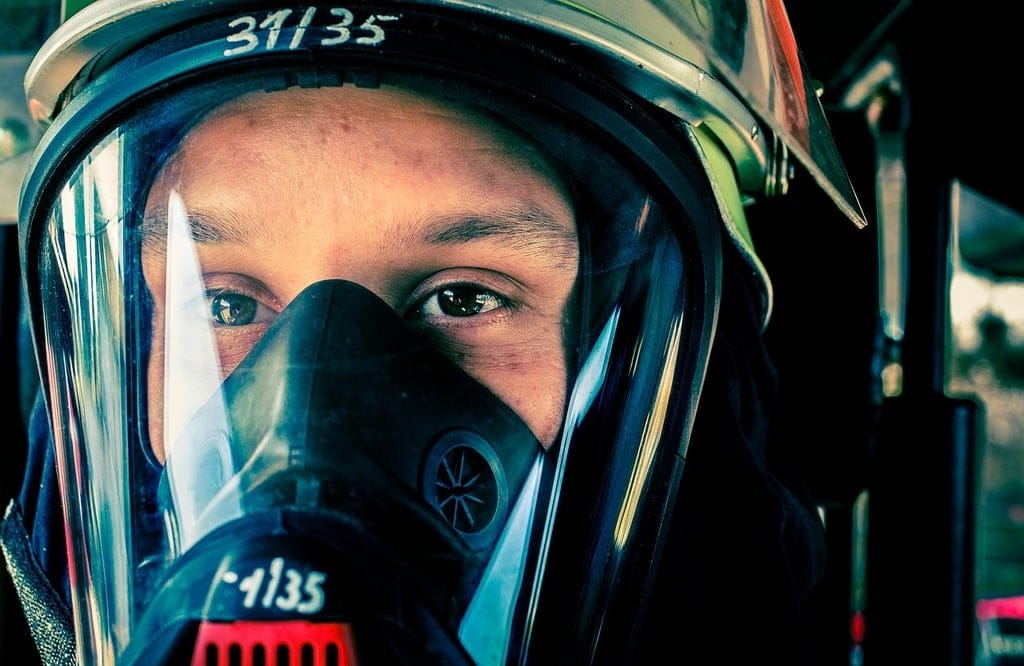 PPE Supplier Risk Management: How to Avoid Supply Chain Failures2025年8月20日One of the most valuable lessons I’ve learned in the PPE […]
PPE Supplier Risk Management: How to Avoid Supply Chain Failures2025年8月20日One of the most valuable lessons I’ve learned in the PPE […]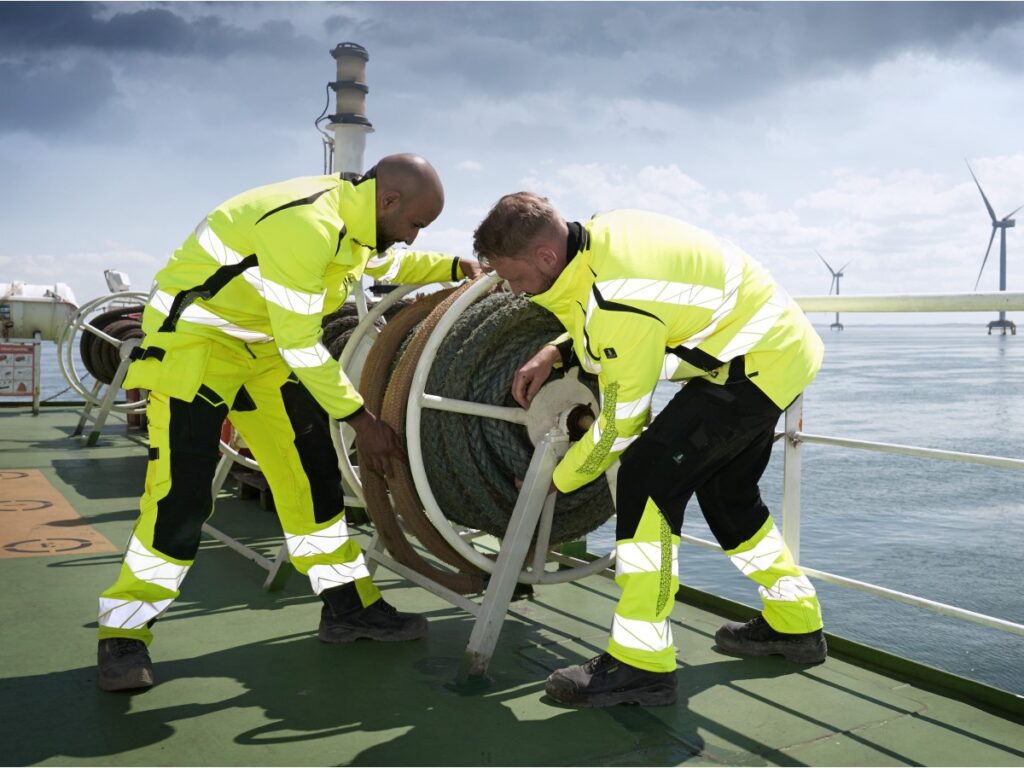 PPE Quality Inspection: Buyer Case Studies2025年8月20日When you’re sourcing PPE from international suppliers, […]
PPE Quality Inspection: Buyer Case Studies2025年8月20日When you’re sourcing PPE from international suppliers, […]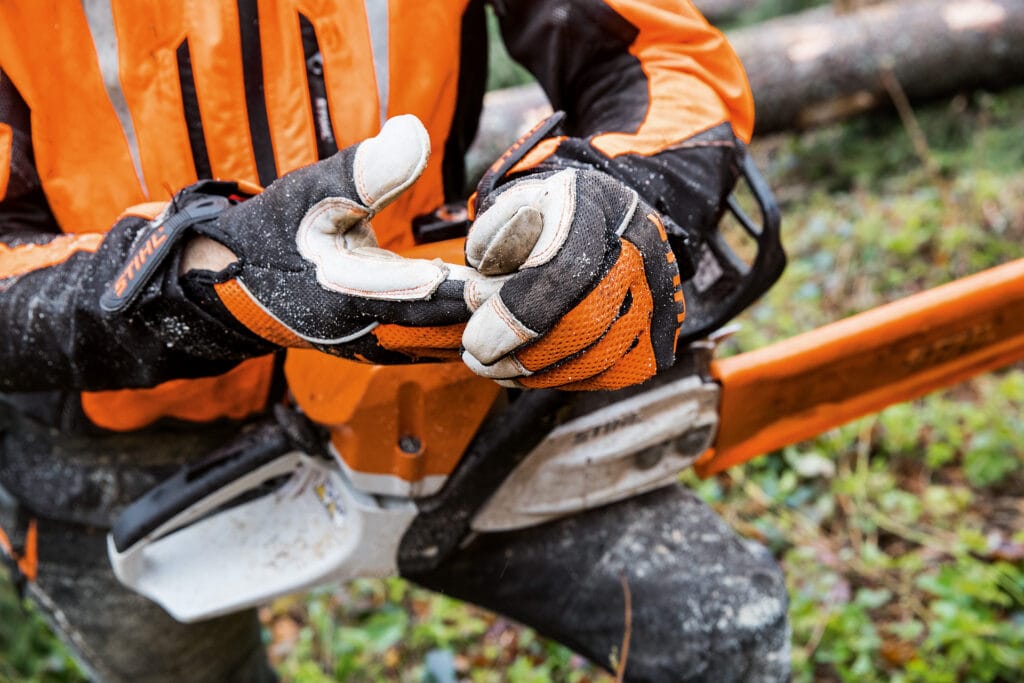 PPE Negotiation Tactics for Emerging Markets: A Buyer’s Guide2025年8月20日When I first started working in the PPE industry, I learned […]
PPE Negotiation Tactics for Emerging Markets: A Buyer’s Guide2025年8月20日When I first started working in the PPE industry, I learned […]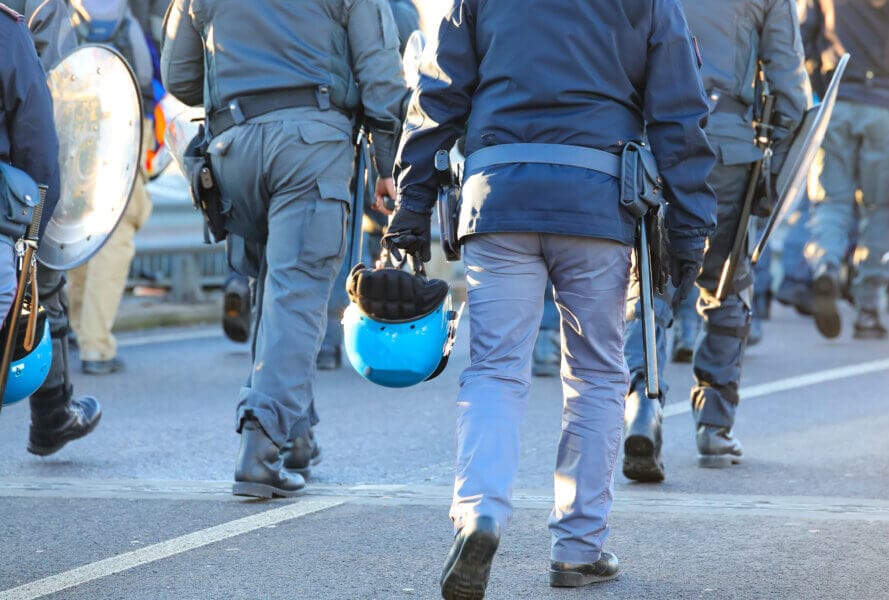 Customizing Workwear & PPE for Local Markets: A Practical Guide2025年8月20日When I first started working in the PPE industry, I saw a […]
Customizing Workwear & PPE for Local Markets: A Practical Guide2025年8月20日When I first started working in the PPE industry, I saw a […]
CONTACT US
- Feel free to contact us any time. We will get back to you as soon as we can!
- +86-17330061805
